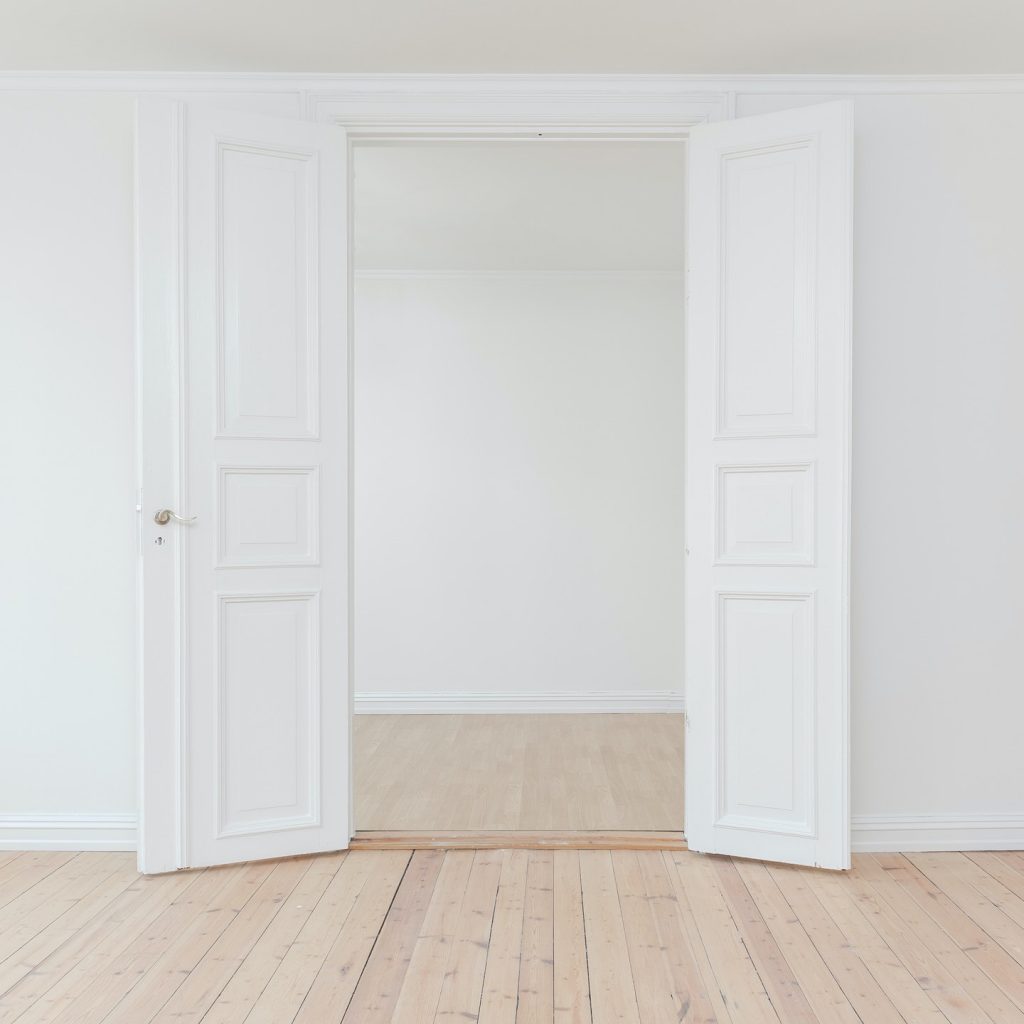Various wall types serve different purposes in a construction project. In terms of their function, all walls are either load bearing or non load bearing. They are used to support the roof, ceilings and flooring of both residential and commercial properties. They can also be used to define boundaries. Understanding the differences between these key types of walls will help for a better construction project.
Load Bearing Wall
The ability to identify a load bearing wall is necessary for any construction project, whether it’s a renovation or a new build. Not only do they support their own weight, but they bear the weight of other structural loads placed on them, from the roof and upper floors, all the way down to the foundation. A load bearing wall is one of the types of walls that can be used externally.
Removing load bearing walls requires development approval and a professional contractor to undertake the work.
Non-Load Bearing Wall
A non-load bearing does not support any structural weight of a building or house. These types of walls are built lighter than a load bearing wall, and are often referred to as a ‘curtain wall’. A non-load bearing wall is primarily used as a room divider and can easily be removed without endangering the safety of the building.
Cavity Walls
A wall that comprises of two “skins” of masonry with a hollow centre is known as a cavity wall. These types of walls often provide better thermal insulation that solid walls. The purpose of these walls is to minimise the weight on the foundation. With a cavity wall, the space provided between the two “skins” offers excellent thermal insulation and reduces heat transmission into a building from the outside. It also prevents any moisture from penetrating through the wall. A cavity wall acts as a good sound insulator.
Partition Walls
These types of non-load bearing walls are generally constructed to create or separate rooms inside a house/apartment, either for privacy or other purposes. A partition wall is often used to conceal electrical wiring and plumbing. A well-insulated wall also assists with temperature regulation, soundproofing and fireproofing.
Party Walls
A party wall is a wall shared between two or more residents of individual dwellings, for instance, townhouses and apartments. The purpose of a party wall is to create a barrier between adjoining residences, preventing sound, temperature and fire transmission between them.
Shear Walls
A shear wall is a structural wall that can withstand lateral forces such as wind and seismic loads (earthquakes). Shear walls are particularly important for high-rise buildings, or buildings in areas prone to lateral forces. They can reduce the lateral sway of a building and provide strength. Typically constructed from materials such as concrete or masonry, a shear wall may be positioned at the perimeter of a building, or in the centre of a building, either encasing a staircase or lift well.
Use These Types of Walls in Your Next Construction Project
Walls may seem like a small component of a construction project, however, these types of walls play an essential role in the overall integrity of a structure. Here at Solutions Built, our team of licensed and professional builders offer a number of walling solutions, including internal walls, external walls and AFS walling solutions. If you would like know how we can assist with your construction project, please get in touch.
